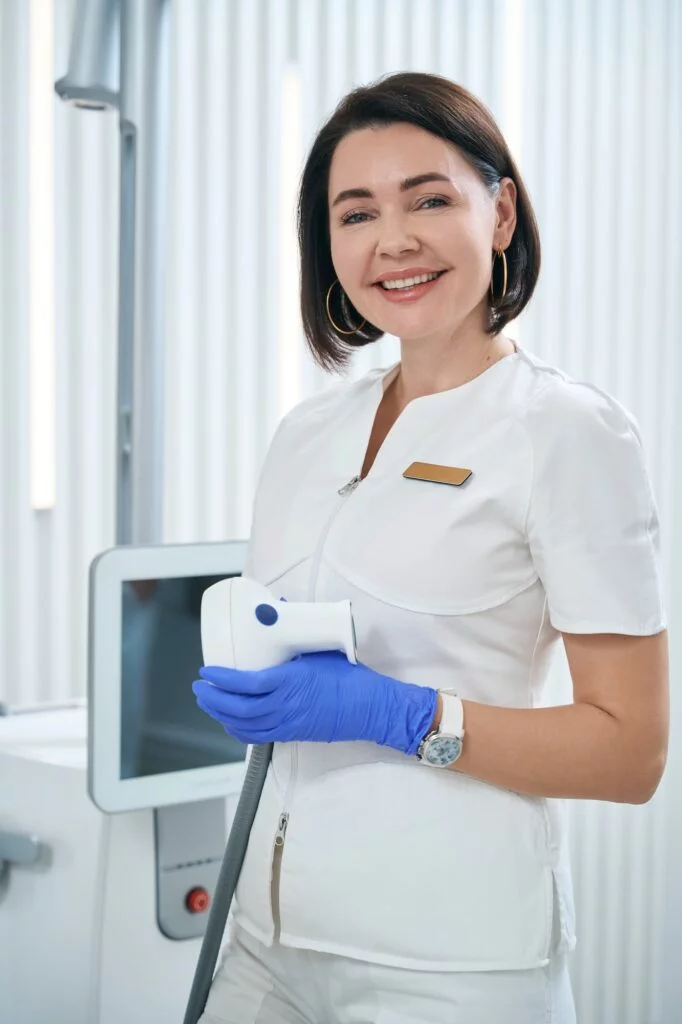When you experience problems in your digestive system, one way to diagnose what is going on is through an endoscopy. This procedure involves a long, thin, flexible tube with a camera and a light inserted into your digestive tract. If this makes your stomach turn, there exists an alternative that might be more tolerable: camera endoscopy. Camera endoscopy is a low-risk procedure that provides a wealth of information on your gastrointestinal tract. With it, your doctor can determine the cause of your gastrointestinal problems without making you uncomfortable.
Let’s learn about this procedure and where you can go in California to get the best endoscopy results.
Camera Endoscopy
Camera endoscopy is a form of endoscopy where your doctor uses a device called a pill camera. They use it to look for problems in your gastrointestinal tract.
This procedure is known as capsule endoscopy because the camera is in a vitamin-sized capsule. It has a battery, transmitter, camera, and lights and takes many pictures during its journey down your digestive tract. Your provider then recovers and reviews those images.
Here is more information on what a camera endoscopy involves and what you can expect:
When Do You Need A Camera Endoscopy?
Your doctor may recommend a camera endoscopy when you experience symptoms of gastrointestinal problems that endoscopy and colonoscopy can’t explain. That may include abdominal pain, blood in your stool, diarrhea, fatigue, nausea, vomiting, and sudden weight loss.
Those symptoms may be from:
- Celiac disease
- Crohn’s disease
- Irritable bowel disease
- Loss of blood from your intestines
- Polyps
- Strictures and pouches
- Tumors, or
- Ulcerative colitis
What Happens During A Camera Endoscopy?
Before the procedure, your healthcare provider will give you a small recording device. It stores and transmits the pictures from the pill camera for review after the test.
Your Diet
You will then need a 24-hour clear liquid diet. During this time and the test, you should avoid strenuous activities such as lifting and running. After midnight on the procedure day, you should avoid all solid foods and liquids.
Your provider may recommend a light laxative to help rid your small intestine of bile and mucus.
The Device
During the test, your doctor will give you the pill camera. It is covered in a slippery coating, allowing you to swallow it with no issue.
Once you swallow it, the pill camera will go down your throat, stomach, and intestines. Throughout its journey, the camera will take pictures of your gastrointestinal tract for eight hours.
Post-Procedure
For the first two hours, make sure to avoid drinking and eating. After four hours have passed since swallowing the pill, continue drinking clear liquids and eating lightly.
Devices and machines that generate electromagnetic fields, like ham radios and MRI machines, may erase the data from the capsule. You should avoid them during the test.
Return to your healthcare provider after the eight hours are up. They will take the recording device from you. Your doctor will then download and examine the captured pictures for the causes of your gastrointestinal problems.
The pill camera will pass through your bowels harmlessly in at least a day or two. If you see it in your toilet, don’t worry, and just flush it.
What Are The Risks Of A Camera Endoscopy?
Generally speaking, camera endoscopy is a safe, non-invasive diagnostic test that doesn’t require sedation or anesthesia. However, the capsule can get stuck in parts of the small and large intestines that are narrower than the rest. That can be due to narrowing caused by:
- Previous surgery in the bowels
- Inflammatory bowel disorders, or
- Tumors
Your doctor may recommend a CT scan before recommending the procedure. But even if there is no sign of intestinal narrowing, the capsule might still gett lodged somewhere. That can lead to severe bowel obstruction, resulting in abdominal problems.
If you are worried the capsule has not passed, imaging tests may help reveal if it remains in your body. If it is in your gastrointestinal tract, there are several ways to dislodge the capsule from the intestines. That includes traditional endoscopic procedures, medication, or double-balloon enteroscopy.
Camera Endoscopy in California
Do you suspect an issue with your digestive tract? You may want to look for a digestive health center that offers camera endoscopy services.
Come to one of our 20 affiliated medical practices throughout California and meet our board-certified gastroenterologists. We have provided top-of-the-line assessments, diagnoses, and care to patients of all ages for decades at Genensis Healthcare Partners. If camera endoscopy is not for you, we have many other gastrointestinal exams we can provide. Contact us for a consultation or request an appointment using our secure appointment request form.
We are honored to help keep your gastrointestinal health in top shape.



